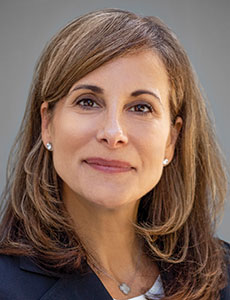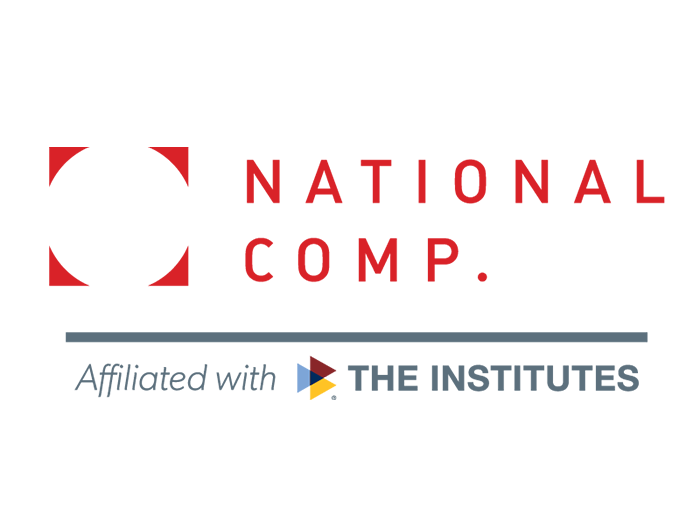Malpractice in the Digital Age: EMRs, AI and Telehealth Fuel Liability Concerns

Rising costs, complexities and liabilities are driving a surge in medical malpractice payouts across the U.S. health care sector.
As new technologies and staffing models open new avenues for risks, the size of claims is growing at a rapid pace and leading to rising premiums and a hardening market. To address the challenges, insurers and health care providers are rethinking traditional frameworks, pushing for tort reform, and working more collaboratively to mitigate the risks.
“A lot is happening at once and claims severity is going up. There’s continued consolidation in the industry, and there’s uncertainty around liability with new technologies like AI,” said Bill Kanich, MD, JD, executive chairperson at MagMutual.
The Rising Severity of Claims
Medical professionals, hospitals, and insurance companies indicate that claim and award amounts are rising.
While the volume of malpractice cases filed annually has remained relatively steady in recent years, the financial impact of each claim is climbing, particularly in high-liability jurisdictions and for hospital-based exposures. High-dollar awards, frequently referred to as “nuclear verdicts,” are often over $10 million and can have a ripple effect on pricing and availability.
“We continue to see the severity of claims climb in certain venues, especially in hospitals, which have seen a surge in sexual abuse claims. It’s becoming a big pressure point for the market,” said Dennis Cook, Jr., CPCU, ASLI, president, health care, U.S. specialty lines at Liberty Mutual Insurance.
Settlement and award amounts that were rare only a few years ago are becoming more common, with some reaching hundreds of millions of dollars.
Kristin D. McMahon, Esq., SVP, U.S. specialty line claims at Liberty Mutual Insurance, noted that in 2024, the top 50 medical malpractice verdicts paid an average of $56 million, more than double the average verdict of $27 million in 2019.
“We always had multi-plaintiff class action suits, but even the individual verdicts are going for much larger dollar amounts than they did historically,” McMahon said.
The growing losses are leading some smaller or regionally focused insurers to entirely exit the medical malpractice space, leading to premium volatility and market constriction. Most physicians and health care entities now face premium increases ranging from 10% to 25% annually.
Technology, Telehealth and Emerging Liabilities
The growth in digital diagnostic tools and telehealth since the pandemic has also raised new questions and risks for medical malpractice insurers, Kanich said. Digital decision support and AI tools have since been integrated in many aspects of clinical care, from radiology scans to diagnostic triage. Companies like Microsoft have released tools that they claim can diagnose disease four times more accurately than physicians.
But these new AI tools have also raised new questions around liability when a misdiagnosis or problem arises.
“The challenge is when something goes wrong. Who is responsible? Is it the doctor who trusted the tool, the hospital that implemented it, or the software vendor? We don’t really have good answers to that right now,” Kanich said.
Claims involving AI tools rose 14% from 2022 to 2024, according to internal insurer data. Most of these cases originated in specialties like radiology, oncology and cardiology, areas where diagnostic decisions rely heavily on imaging andpattern recognition. As courts grapple with how to address liability in such situations, many insurers are starting to add AIspecific exclusions or mandate special training for coverage eligibility. Telehealth is also presenting new challenges for traditional risk models.
What started as a necessity in the COVID era has now become a mainstay of care delivery and introduced a new exposure profile. Physicians can miss things they may otherwise see in person, or they may rely on visual imaging, virtual metrics or data that can contain errors or get lost in the complexity of care. Even longstanding tools like electronic medical records (EMRs) can contribute to medical malpractice claims due to errors, alert fatigue,or software limitations.
“In telehealth, you’re trying to make the same diagnostic decisions without the same inputs. There’s potential for misdiagnosis just because of what you can’t see or do in person,” said Brian King, health care practice leader for Trucordia.
“And people assume EMRs are foolproof, but they’re only as good as what’s entered. People can make errors.”
Additionally, alternative staffing models, which include the growing use of nurse practitioners and contracted telehealth providers, are raising the risk for many providers.
“What used to be a simple solo practice may now involve a telehealth component, a contract nurse practitioner, and a third-party staffing agency. It’s more complex, and each of those introduces more risk we have to consider,” said Cook.
Tort Reform and Legislation Impacting Insurer Strategies
At the state level, new legislation is both creating pressure and offering relief in medical malpractice. Several states are reconsidering key elements of tort reform that have historically capped damages or narrowed plaintiff eligibility.
For instance, Florida recently enacted legislation that expands plaintiff rights in medical liability cases, creating uncertainty for insurers writing business in the state.
“In some states, legislation and court decisions are opening new avenues for plaintiffs. That adds a layer of unpredictability that’s hard to price for …We’re seeing a softening in some of the protections that tort reform put in place. It’s not that they’re going away entirely, but they’re being challenged and eroded in certain courts,” King said.
On the other hand, California and Arizona have modified the collateral source rule for medical malpractice actions. It means that when awarding damages, recovery or compensation, the plaintiff’s other sources can be factored in.
For example, if a plaintiff is seeking $2 million in damages, an award may now consider the $500,000 that they’ve already recovered from another source.
“It’s a positive in reducing windfalls for plaintiffs or plaintiff attorneys. We want to get people paid what they’re owed if damages are warranted, but not a windfall,” McMahon said.
In response to the growing risks, many insurers are taking a more active role in working with policyholders to reduce exposure. This includes provider training, clinical risk assessments, and guidance on implementing telehealth and AI applications. As the complexity pushes the boundaries of liability, the industry is adapting and fostering more collaboration between insurers and providers to mitigate risk. &











